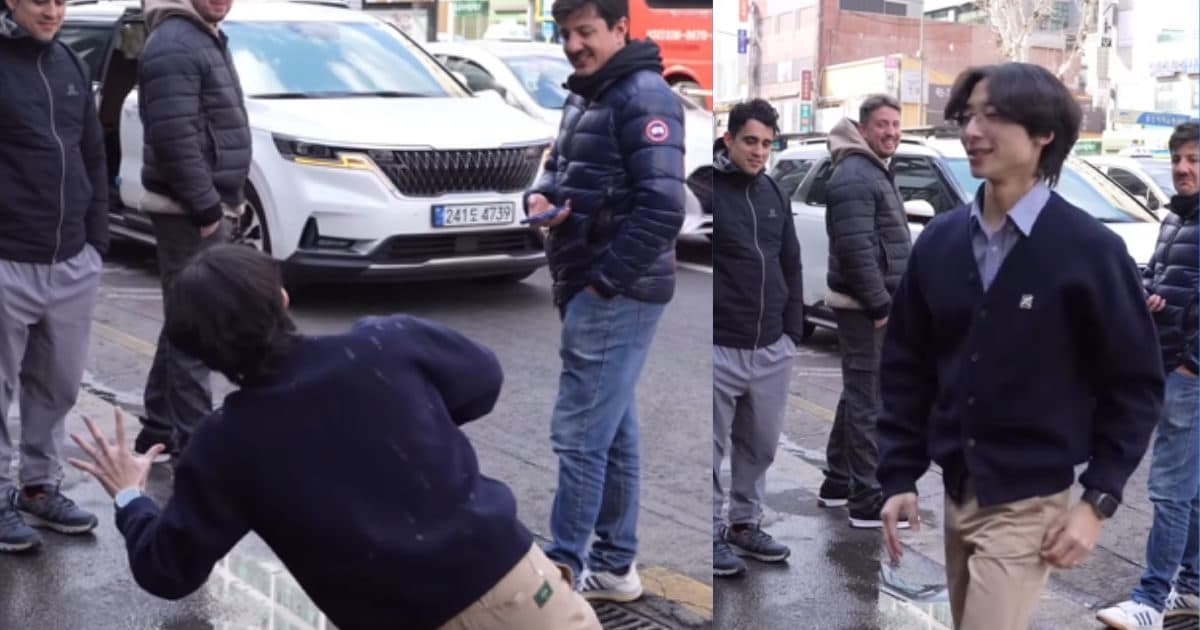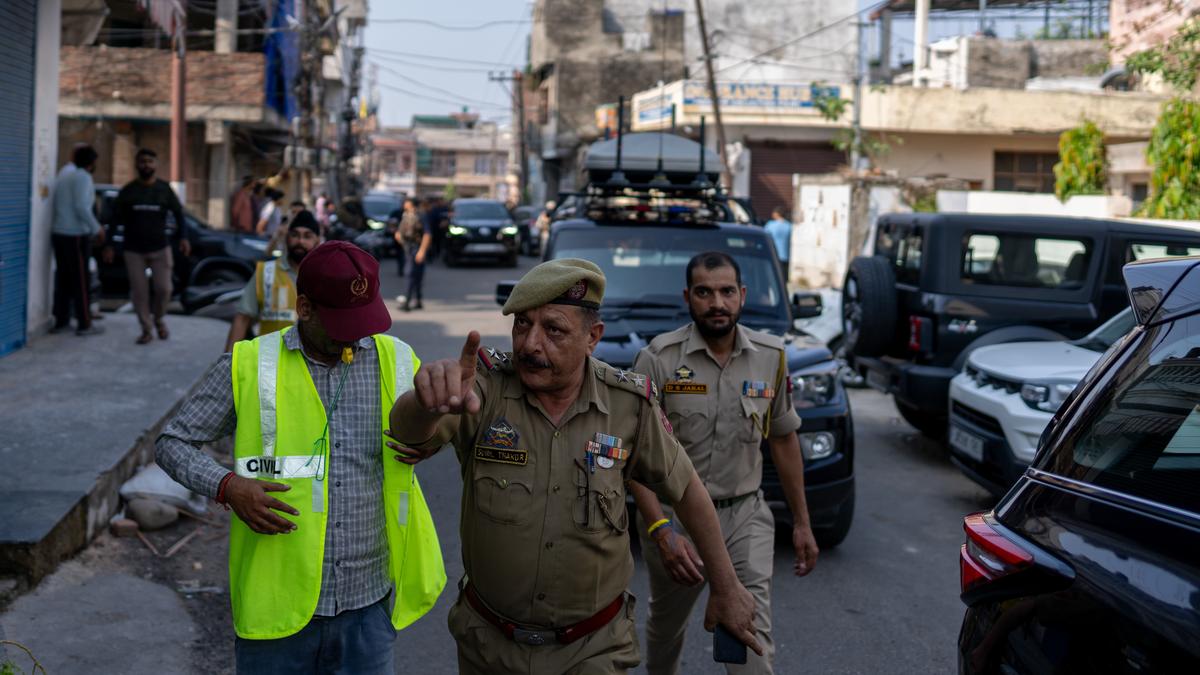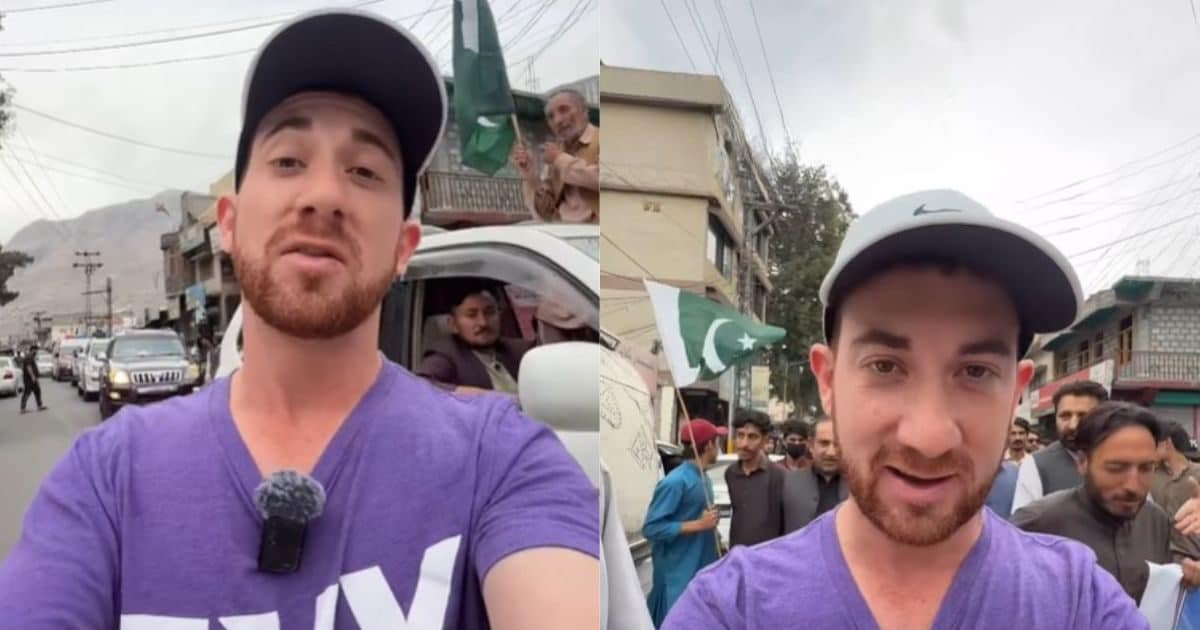On May 2, Sonia Nandadurgi’s son, Sagar Shivkumar Nandadurgi, 31, a devotee of Goddess Lairai, boarded a bus with six friends from Piligao village to Shirgao village, 13 kilometres away. Here, in north Goa’s Bicholim taluka, is the Shree Lairai Devi temple, where every year in April or May, people flock for rituals that culminate in the lighting of a bonfire from which coals are raked and devotees called dhonds walk over.
Waving to his mother and uncles, he promised to be home the next morning after walking on agnidivya (embers). The next morning, at 6 a.m., Sagar’s three uncles learnt from their neighbours that he and five others had died in a stampede at the temple.
Sagar’s funeral rites were performed on May 3. Since then, politicians and State administration officials have been streaming into the two-room house, offering their condolences. On May 4, the Governor of Goa, P.S. Sreedharan Pillai, visited the family. Sagar’s uncle and neighbour, Sainath Kavlekar, 45, says until May 9, the family had not received the postmortem report.

A devotee’s mother weeps
Sonia Nandadurgi, whose son Sagar Shivkumar Nandadurgi died in the stampede at the temple.
| Photo Credit:
Emmanual Yogini
Sixty-year-old Sonia’s home is surrounded by jackfruit, cashew, coconut, and mango trees. There is a tulsi planted in a mound of red earth at the entrance. The house used to be kuccha; Sagar had recently plastered it with cement, she says.
Family members who live in the area say he wanted to paint the house and also replace the tin-sheet roof with a pucca one. At home, surrounding an anachronistic TV set on a wooden table are the many awards that Sagar had won in school, college, and at work for his performance. His spectacles, office bag, and medals all hang from walls and doors. Sagar had worked for Tirumala Bank’s loan recovery department, the stable job helping him and his mother build a better financial life.
Sonia had lost her husband when Sagar was just a toddler. She had brought Sagar up by doing odd jobs over the years. She refuses to eat or drink water. “Why did you (the Goddess) take my son, my only son, my whole life,” she asks in Konkani, sobbing. “What is the purpose of my life without him?”

Overcrowding and a stampede
On the intervening night of May 2 and 3, an estimated one lakh people or more — as per temple authorities and the administration — had gathered between 11 p.m. and 1 a.m. to offer prayers and walk on embers at the temple. There is only one concrete, steep road going towards the temple, broad enough only for a lorry to pass.
Rupesh Rajput, 35, a dhond from Bicholim town, recounts the chaotic scenes that unfolded that day. “I suffered a minor injury. I am lucky to be alive,” he says. “At about 2 (in the morning) what I saw was distressing. A group of dhonds were playing with the beth (canes dhonds carry, also used in the rituals within the temple). They pushed people in front of them. There was a rope that divided the dhonds from the regular devotees. Within minutes, at least seven queues had been formed, and the dividing rope was gone,” he says. That precipitated the chaos that led to the stampede, he says.
Sagar was rushed to the community health centre in Bicholim, where he was declared ‘brought dead’, says Kavlekar. “His friends told us that he was pushed by other dhonds and fell on the pavement. He was crushed by the crowd. He was such a gentle and kind man,” he says.
Also read | Goa stampede: Fact-finding committee begins probe into incident; Governor meets victims’ kin
Soon after the incident, 74 people were admitted in the Goa Medical College and Hospital (GMCH) in Bambolim, the Asilo Hospital in Mapusa, and in community health centres at Sankhali and Bicholim. Nine injured people remain admitted in GMCH, of which four are on ventilator support.
Dr. Rajesh T. Patil, the medical superintendent at GMCH, says many suffered severe multiple fractures in the ribs. “Two patients have severe head injuries with cerebral hypoxia (when the brain is starved of oxygen). This is a serious complication that occurs after a chest injury,” he says. GMCH has been conducting mental health sessions for families and survivors, he adds.
On May 3, Goa Chief Minister Pramod Sawant announced the transfer of five senior officials in the administration. He also announced an ex-gratia compensation of ₹10 lakh to each family of the deceased and ₹1 lakh each to those who had suffered serious injuries. Sainath says no one from the administration has reached out to them about the compensation.
The road to the temple
During the temple festival, there is a build-up of stalls selling everything from flowers to toys, at Wadacha Wada hamlet in Shirgao, where the stampede took place, about a kilometre from the temple. Now, there are just a few stalls selling puja essentials, but the smell of jasmine lingers in the air.
A cloth merchant says his stall was vandalised by the crowd, but he is thankful to have survived the stampede. “I was holding on to a bamboo pole that I had put up to make the stall. In no time, all the four bamboo supports were brought on the ground. The clothes for sale were run over,” he says, refusing to be named. He adds that there was no police presence at the spot.
Despite the stampede the previous night, devotees continue to throng the temple the following days, but temple authorities have turned off the music. The accident spot is relatively quiet. Footwear, heaps of beths, jasmine, purses, wallets, and pieces of torn clothes remained on the sides of the street.
Residents in the hilly area, whose porches were taken over by the crowd, say they were terrified to wake up to sounds of ambulances and screaming. Ravina Madgaonkar (48), who lives with her husband and two children, says that every year, people come to their porch to wait or just lie down to rest. This year there were far more people, and the corners of their compound walls are broken.
“My 22-year-old son has been a dhond for the past seven years. He managed to return home, but he had a tough time getting into the house as people were sitting right outside our closed doors,” says Madgaonkar.
The grief of a husband and uncle
Aditya Ankush Kauthankar (16) had accompanied his aunt Tanuja Shyamsundar Kirtankar (51) and his cousin Ritika (15), all of them dhonds. Seeing his aunt and cousin unable to get up, he rushed to help them, but was himself crushed in the chaos, says Ritika, who survived. He and his aunt were brought dead to the Mapusa district hospital.
“It was sheer luck that someone dragged Ritika out and put her into an ambulance,” says her father, Shyamsundar Kauthankar (60), who lost his wife. Ritika suffered injuries in her leg and wears a temporary brace. The family lives less than 10 kilometres from here, and Shyamsundar is a construction worker.
“I am worried about how I will take her to school to write her class 9 paper. The school has not agreed to give her any relief,” says Shyamsundar. He was informed about the incident by his older daughter, who was waiting near the homkhand, the pile of wood that was to be torched.
Ritika always imitated her mother, who had been a dhond since she was a child, says Shyamsundar, who has always feared crowds. “If Aditya and Tanuja were taken in an ambulance instead of a police van, they may have survived. How did the State authorities allow stalls on both sides of such a narrow road, that too on a slope? Until last year, the police used to release dhonds and devotees in batches of 15 to 25 at a time. This year, there was no management,” he says.
Aditya’s mother is a domestic help and father a taxi driver. Aditya had just passed his class 10 board examinations, and his sister is in class 8. The family is in shock and cannot speak. “He was so excited to study in class 11 that he had kept his newly stitched uniform, socks and shoes ready for the new term,” says Shyamsundar.
Arun Desai, assistant sub-inspector, Bicholim police station, says the crowd has only grown each year, and it has become a mammoth task for the police to handle. “Devotees from Goa and neighbouring Maharashtra and Karnataka started coming from early in the morning on May 2. By the night, the crowd was too much for the police to handle.”
Faith and devotion
The Lairai Devi annual jatra (pilgrimage), also known as the Shirgao jatra is centuries old, says Dinanath Gaonkar (69), president and priest of the temple committee.
At the 2,700-square-metre premises, devotees submit their wishes to Lairai, who is one of eight siblings who made Goa their home, as per legend. Lairai’s sister Mirai was adopted by the Portuguese, who christened her Milagres (milagre is Portuguese for miracle). Oil for the temple festival comes from the church of that name in Mapusa, says Gaonkar.
“Imagine all the dhonds must complete the fire walk between 2 and 6 in the morning,” he says. The Mahajans (hereditary male descendants of the temple’s founders) believe that the Goddess Lairai then walks to the chavata, a space about 200 metres from the homkund, where she rests.
After this ritual, at 3.30 p.m., prasadam, consisting of patkali (ixora) and kodu (bottle gourd) flowers, is served. “Lairai Devi is our protector of water and forest resources, which we once had in abundance,” says Gaonkar.
People collecting ashes from the embers on which the dhonds walk outside the Lairai Devi temple in Shirgao, Goa.
| Photo Credit:
Emmanual Yogini
The area has seen heavy mining of iron ore, he adds. “Since 2008, we have filed several petitions in various courts to restrict mining operations. Today 270 hectares of land is with the mining companies,” he says, adding that the State government has been hard on the temple because of this opposition.
State authorities say that in a meeting held on April 30, with the police and district administration, the temple committee was instructed to install CCTV cameras and strong barricades to segregate devotees from regular visitors, so queues would be better regulated. A government official says this was a private event, making the organisers responsible.
Gaonkar counters that the State administration had failed to do its job. “Before the festival, the government had assured us of adequate police staff and arrangements such as barricades, but on the day of the festival, the police was not even present,” he says. Permission for stalls outside the temple premises were given by the government, he claims. There is mounting pressure on the temple committee to hand over the temple and the festival, says Gaonkar. “In March the State government, without consulting with us, declared Lairai jatra a State festival. The temple committee refused to accept it.”
The temple comes under Goa’s Devasthan Regulation, 1933 — informally called the Mahajani Act — which has governed Hindu temples (devasthans) in the State since Portuguese rule. Up to 66.08% of Goa’s population is Hindu, as per the last census. “There are around 500 Mahajans who are from Kshatriya Bhandari and Brahmin communities. We cannot hand over centuries of tradition to the government, who has no idea how the temple functions.”
After the tragedy, the State government constituted a fact-finding committee headed by State Revenue Secretary Sandeep Jacques. The findings were to be revealed on May 9, but they are now under the review of the Chief Minister.
Published – May 10, 2025 02:37 am IST



Leave a Comment